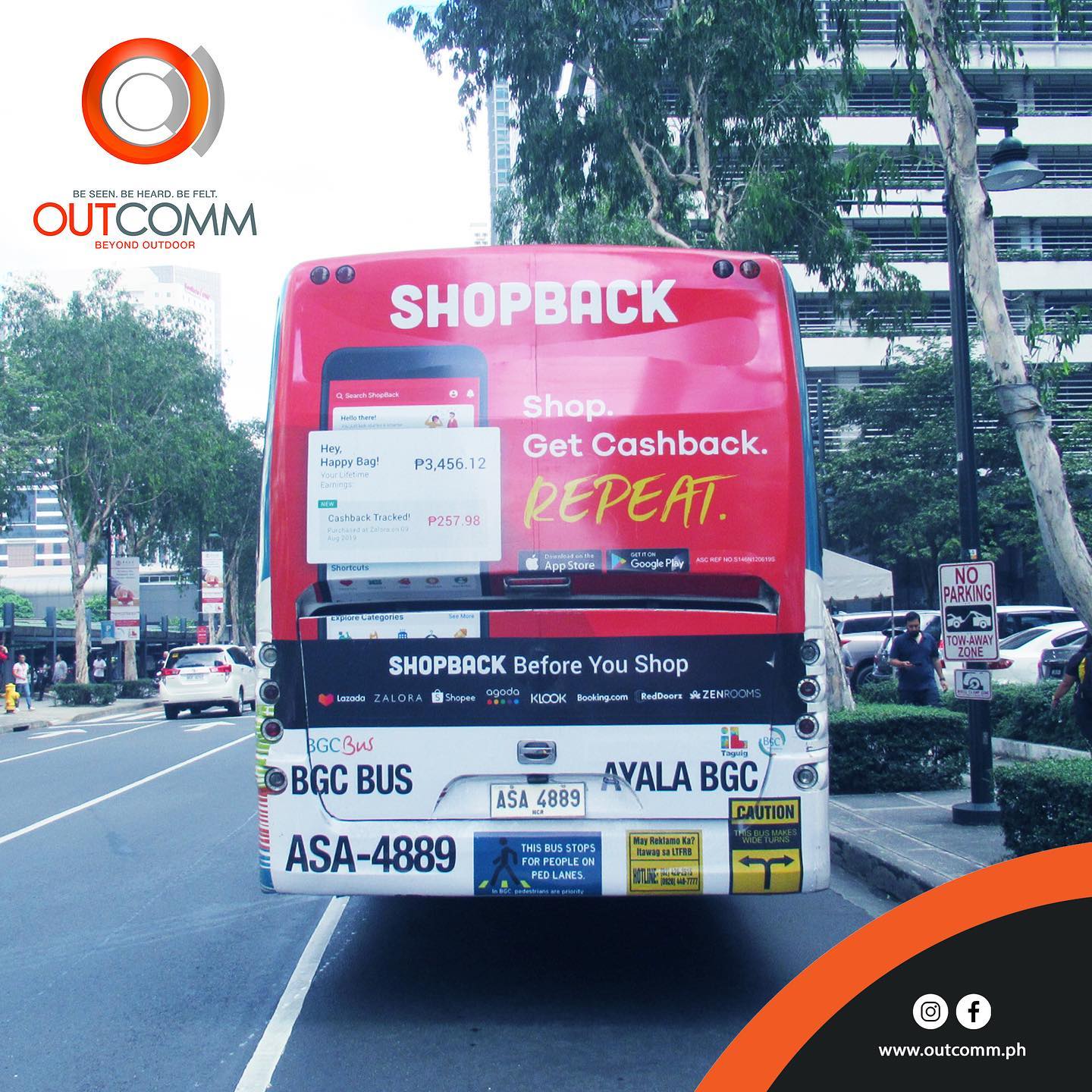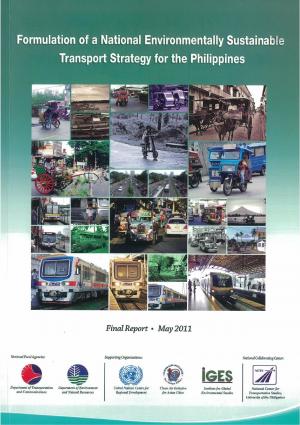Recognizing the Function of Transportation Advertising in Enhancing Brand Name Exposure and Consumer Involvement
Transit advertising has become an essential component in the advertising landscape, using one-of-a-kind chances for brands to elevate their visibility and involve customers properly. With the capacity to get to a diverse and restricted target market during their daily commutes, these advertising strategies are not just regarding exposure; they are about creating meaningful connections with prospective clients. As we discover the multifaceted benefits and cutting-edge methods within transportation marketing, it becomes important to take into consideration exactly how these elements collectively affect customer perception and habits, increasing concerns regarding their long-lasting impact on brand name commitment.
Meaning of Transportation Advertising
Transit advertising describes the method of promoting products, services, or brand names with advertisements placed around public transport systems. This type of advertising encompasses a variety of placements, including posters on trains and buses, digital screens at transportation stations, and covers on the outside of vehicles. It intends to get to a varied audience, taking advantage of on the high foot web traffic connected with public transit.
Transportation marketing is purposefully placed to record the interest of commuters, that usually invest substantial time traveling or waiting. By integrating ads into the everyday routines of people, brands can develop a long-term perception and foster brand recognition. The tool is especially efficient in metropolitan environments, where public transport is a main setting of travel.
Additionally, transportation marketing can promote local targeting, allowing services to reach certain demographics based on transit routes and terminal places. As metropolitan populaces expand and the use of public transport increases, this marketing technique has actually gained prestige as an essential component of integrated marketing techniques. The dynamic nature of transportation advertising, incorporated with its ability to involve consumers in a captive atmosphere, highlights its importance in modern advertising and marketing methods.
Benefits of Transit Advertising And Marketing
The performance of transportation advertising and marketing depends on its ability to supply a wide range of advantages to brand names seeking to boost visibility and interaction. Among the main benefits is the considerable reach it provides; transportation advertisements can effectively target varied demographics across city areas, getting to both travelers and pedestrians alike. This wide direct exposure substantially boosts brand name recognition.
One more advantage is the high frequency of perceptions. As transportation cars follow well established courses and stop at multiple areas, they develop repetitive exposure that enhances brand name messages. This frequency fosters experience, which is important in consumer decision-making.
Transportation advertising is likewise cost-efficient compared to other media systems. Given its large reach and potential for high perceptions, brand names usually experience a lower price per thousand perceptions (CPM), maximizing their advertising and marketing budget.
Additionally, transit ads can create a feeling of community link. By straightening with regional transportation systems, brand names can resonate with regional audiences and promote a feeling of local pride. This local method improves brand loyalty and engagement, making transit marketing an engaging selection for businesses intending to strengthen their existence in the market.

Reliable Approaches for Transportation Campaigns
To make the most of the effect of transportation projects, brand names need to utilize critical preparation and implementation tailored to their target market. Initially, identifying the demographic qualities of the target market making use of public transit is important. This allows brand names to produce customized messaging that resonates with prospective consumers.
Following, selecting the ideal transportation mediums is important. Whether utilizing bus covers, subway posters, or digital screens, each medium has distinct advantages that can boost exposure. For circumstances, vibrant visuals on bus wraps can stand out, while electronic advertisements can be updated regularly to mirror prompt promos.
Moreover, incorporating a cohesive branding strategy across transit platforms guarantees consistency and reinforces the brand name's identification. Utilizing remarkable taglines and eye-catching designs will enhance brand name recall among travelers.
Finally, timing is a key aspect in performing effective transit projects. Introducing projects during height traveling hours or regional events can considerably raise visibility and engagement. By using these techniques, brands can efficiently harness the capacity of transportation advertising and marketing, fostering greater recognition and connection with their target market. Inevitably, a well-executed transit project can drive significant growth in brand name exposure and customer involvement.

Determining Impact and Engagement
In evaluating the efficiency of transit ad campaign, precise measurement of effect and involvement is crucial for brand names seeking to enhance their advertising and marketing approaches. Metrics such as reach, regularity, and perceptions provide fundamental data to assess presence. Analyzing these variables assists identify exactly how many prospective consumers are subjected to the promotions during their day-to-day commutes.
Involvement can be further determined through customer interactions, such as web site traffic, social networks points out, and direct responses to calls-to-action included in the ads. Using tools like QR codes or distinct Links can promote monitoring of consumer actions straight connected to transit campaigns. Surveys and responses mechanisms also work as valuable techniques to gather qualitative data on consumer understandings and recall of the advertisement.
Furthermore, progressed analytics and acknowledgment models can associate transportation exposure with subsequent getting behavior, using understandings into the roi. By employing a comprehensive strategy that integrates qualitative and measurable procedures, brand names can create a nuanced understanding of their transportation advertising and marketing influence. Eventually, this data-driven strategy makes it possible for brands to refine their campaigns, guaranteeing they resonate effectively with target market and enhance overall brand name presence.
Situation Researches of Successful Projects
Successful transportation anonymous ad campaign act as engaging examples of exactly how reliable methods can boost brand name presence and engagement. Transit Advertising Philippines. One notable instance is the "I Love New York" project, which changed the city's image and brought in millions of tourists. By using train advertisements, billboards, and bus wraps, the project created a solid, cohesive brand name identity, resulting in a substantial uptick in tourism and local business patronage
One more excellent campaign is Coca-Cola's "Share a Coke" campaign, which leveraged transit advertising to customize the brand name experience. By featuring preferred names on promotional products throughout different transportation platforms, Coca-Cola promoted a deeper emotional connection with customers, urging them to share their experiences on social media.
Furthermore, the "Got Milk?" project effectively made use of mass transit ads to reach a wide target market, enhancing the message of the relevance of milk in a well balanced diet. The project saw a quantifiable rise in milk usage in target demographics.
These case research studies highlight that when implemented attentively, transportation advertising can substantially enhance brand visibility, foster consumer interaction, and drive quantifiable results, demonstrating its essential role in modern-day marketing approaches. - Transit Advertising Philippines
Verdict
In conclusion, transit marketing acts as an essential tool for enhancing brand name visibility and promoting customer interaction. By making use of strategically placed promotions within public transport systems, brand names can successfully reach varied audiences and reinforce acknowledgment via regular direct exposure. The execution of targeted messaging and ingenious methods further intensifies the influence of transportation projects. Eventually, the Continued capability to measure involvement and evaluate effective case researches highlights the efficiency of transit advertising in driving brand commitment and consumer interactions.
Transportation advertising has arised as a critical element in the advertising landscape, supplying special chances for brands to raise their exposure and engage consumers properly.Additionally, transit marketing can assist in local targeting, permitting companies to get to details demographics based on transit routes and station places.In reviewing the performance of transit advertising and marketing projects, wikipedia reference exact measurement of influence and involvement is important for brand names looking for to maximize their marketing techniques.Successful transportation advertising campaigns offer as engaging examples of just how reliable strategies can raise brand name visibility and interaction.In conclusion, transportation advertising and marketing offers as a vital tool for enhancing brand presence and cultivating customer interaction.